How to successfully manage your current business operations while also prioritizing the growth and development of your business.
Are there any studio owners out there that feel extremely short on time at the moment?
(I am raising my hand.)
Here in San Francisco, as well as in many other large fitness markets in the US, we are faced with a major shortage of applicants looking for entry level positions and employment. This is leaving many gyms and studios attempting to maintain normal operations with a skeleton staff. With our currently very small team at DIAKADI, we have adopted three key concepts to ensure that our operations are maintained at an exceptional level without forfeiting our focus on new business development or completely tossing any semblance of work-life balance out the window.
I hope that these ideas will assist you in boosting your success as a fitness business owner this year.
I. WEEKLY PRIORITIES BOARD
In our team office, we have painted all of the walls with chalkboard paint and we have one specific wall that lists the leading high level priorities we have for the week. Each Monday, our Managing Director Holly and I meet to discuss the current priorities and our focus projects for the week, in order to determine the best ‘bang for the buck’ action items which will bring us the highest return on investment that week. These focal projects are then listed on the giant chalkboard that we stare at from our desks every day, in order to maintain our focus and avoid distractions (aka ‘shiny object syndrome’).
If it is not on the board, we are not allowed to do it.
II. TASK MANAGEMENT SOFTWARE
Even with our small team of four, we would not survive without Asana, our task management software that is ideal for small teams. The basic version of the software is completely free for up to 15 users and we find that the shareability of our projects, action items and deadlines has greatly reduced our reliance on email and made communication between team members that are never in the office at the same time (or are working from home) much easier.
Asana has been another great solution for ‘shiny object syndrome’. Admittedly, with the way my brain works, I will often have a creative brainstorm as I am walking down the street about an amazing new client experience idea or possibly a unique new way to market. In the past, I would either drop everything and jump focus to the fun new project idea, or even worse, I would tell myself to come back to it later and then lose the idea in some random area of my iPhone notes. Now, in Asana, we have a ‘Rainy Day’ project list where I will throw these ideas and assign myself a deadline down the road a bit, in order to make sure that I don’t forget to circle back to the idea when time permits.
III. CREATIVELY USE YOUR RESOURCES TO GET HELP
I have said it MANY times before, the entrepreneur’s downfall is getting stuck in the daily operations of running your business and forgetting to set aside time to grow it. This past year has been a constant test for my own practices around this idea. These ideas have been a great help for me:
I consistently take inventory of where all of my time goes using this Time Tracker exercise. It guides me on where I am wasting my time and what needs to be cut out in order to free up my time to better focus on my priorities.
I truly and fully delegate projects whenever possible. The book Clockwork by Mike Michalowicz has been an excellent resource for assisting me with this. You cannot do it all and ideally you are not even the list maker for everyone on your team. Your goal is to find team members that will truly have an owner’s eye and will take full ownership for the successful design and completion of their projects.
Calendar weekly time to work on new business development. Even if it is just one hour a week for starters. Then slowly increase the number of hours whenever possible. Be sure to schedule this creative, focused time with NO distractions when you will be at your best, not on Friday afternoons at the end of a long work week. Once you have scheduled these times, guard them at ALL costs and do not cancel them for any reason!
Get creative in finding ways to use your resources to hire help. Virtual assistants and part-time employees from home can often be a great help with lessening your load. Look into automating your systems whenever possible and get expert help (i.e. website designers) to take care of all tasks that are not in your wheelhouse. It may be an additional expense in the beginning, but in the long run, it will free up your time to focus on the $100 and $1000 business development tasks that will make your business more profitable.
So basically, there are three basic steps to follow:
Prioritize
Organize
Get creative with finding assistance
Give you current operations and routines a scan with these ideas in mind and if I can personally assist you with boosting the success of your business, know that I am here to help in any way that I can.
You got this!












